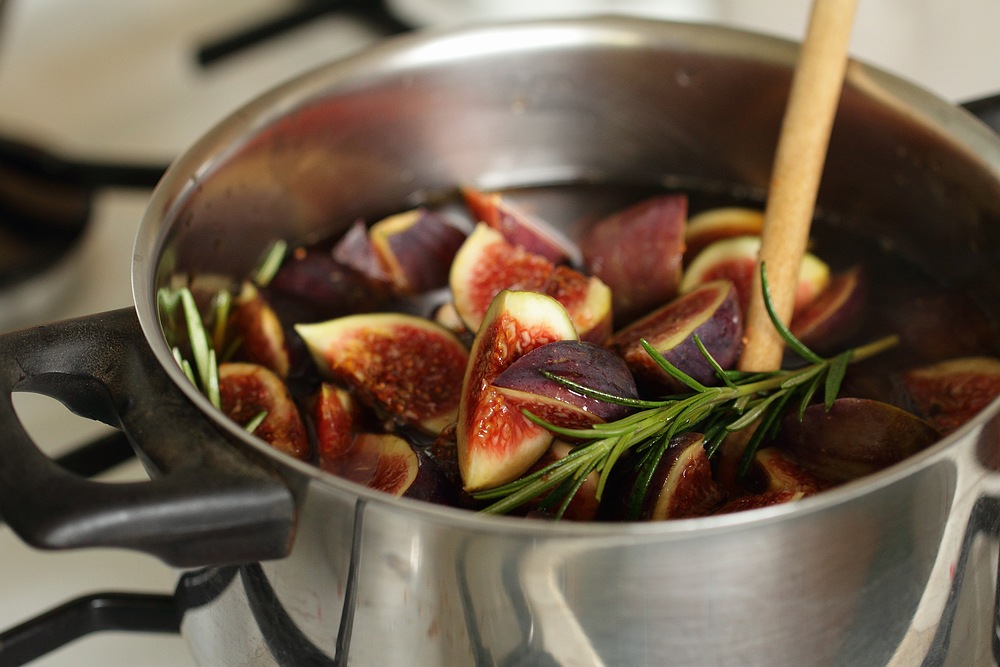 Yesterday I wrote an article about the 2011 season in the vegetable garden. So far, here in the Netherlands, we have experienced the warmest spring with the lowest rainfall in more than 100 years, followed by a cool and gloomy summer with the highest rainfall in more than 100 years. Which again, to keep things interesting, was followed by an exceptionally sunny fall with the driest November on record. Growing vegetables, when every year seems to bring new weather records, can become a bit of a challenge. I have heard gardeners complain that they have experienced a drop in yields by as much as 90 %. But, while some vegetables in our garden struggled, the overall yield was not bellow average. We harvested few pumpkins and only wild tomatoes were capable to fight the blight, but there were many other vegetables that did great. One key to that is that we always aim to grow as broad a selection of vegetables as possible: there is always something that relishes the weather bestowed upon us. The other is probably down to our permaculture approach: soil that is undug and deeply mulched is better protected against the vagaries of weather.
Yesterday I wrote an article about the 2011 season in the vegetable garden. So far, here in the Netherlands, we have experienced the warmest spring with the lowest rainfall in more than 100 years, followed by a cool and gloomy summer with the highest rainfall in more than 100 years. Which again, to keep things interesting, was followed by an exceptionally sunny fall with the driest November on record. Growing vegetables, when every year seems to bring new weather records, can become a bit of a challenge. I have heard gardeners complain that they have experienced a drop in yields by as much as 90 %. But, while some vegetables in our garden struggled, the overall yield was not bellow average. We harvested few pumpkins and only wild tomatoes were capable to fight the blight, but there were many other vegetables that did great. One key to that is that we always aim to grow as broad a selection of vegetables as possible: there is always something that relishes the weather bestowed upon us. The other is probably down to our permaculture approach: soil that is undug and deeply mulched is better protected against the vagaries of weather.


But for now, the temperature has dropped and the weather seems to be going back to normal, whatever that may be. And that means it’s time to move our figs under cover. Because our climate is not very fig-friendly, our two plants spend the winters in an unheated shed. The plants themselves would survive most winters outside but the embryo-fruits that are formed before the winter are less hardy. Since these represent the only possibility for us to harvest any figs (our season is too short for a second crop to ripen), we have to treat the figs as primadonas.

We grow two fig varieties: “Pingo de Mel” and “Petite Negri” which grow into small plants and are well suited to growing in large containers. Any precious little figs that we harvest, we eat straight from the tree. Cooking or baking the perfectly ripe figs would be a blasphemy. But last week my husband picked up a box of figs at the market and I started looking for a recipe to use this unexpected bounty.

I found the perfect one in Sarah Raven’s wonderful Garden cookbook, a confit made with Marsala and spices. Sarah writes about it: “The most delicious fig preserve I have ever tasted. Unlike some versions, it does not feel like a waste of precious figs.” And so I hurried not to waste mine.

I had a lot of the poaching liquid left after making the confit, and since Marsala flavoured by figs and infused with herbs and spices is not something you pour down the drain, I added half a package of citrus pectin (I use the Dutch brand Marmello) and turned it into the most luxurious jelly I have ever made.

Fig confit and Marsala fig jelly
from Sarah Raven: Garden cookbook
Delicious paired with blue cheese or simply on toast
Makes 2 jars + 2 small jars of jelly
400 ml Marsala wine
200 g sugar
600 g figs
2 sprigs of rosemary
3 bay leaves
Thinly paired lemon rind and juice from ½ lemon
Put the Marsala into a saucepan with 200 ml water and the sugar. The Marsala will preserve the figs. Over a gentle heat, stir to dissolve the sugar completely. Trim the stalks from the figs, quarter them lengthwise and add them to the pan with the rosemary, bay and lemon rind. Simmer until the figs are tender but not over-soft.
Remove them with a draining spoon and put them into a warm sterilised jar, leaving space for the liquid.
Remove the rosemary, bay and lemon rind. Add the lemon juice and bring the syrup to fast boil to reduce for 5 minutes. Pour the hot syrup over the figs in the jar and cover. You can and should use this straight away – it will only last a couple of weeks. To store it, keep in the fridge.
Even after boiling down the liquid and covering the figs with it, I had plenty left. I added half a package of citrus pectin (I use the Dutch brand Marmello) and boiled it for 1 minute more. I poured the jelly into sterilised jars. This jelly should keep longer, for up to a year.